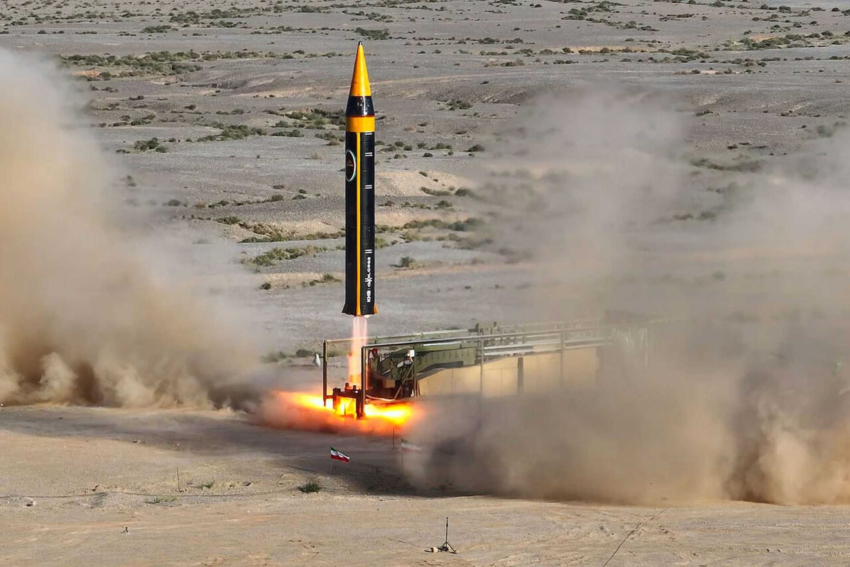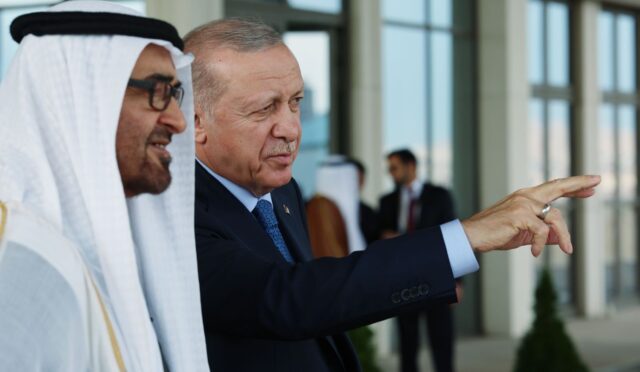Iran’s Bold Missile Assault on Israel
**On October 1, 2024, Iran executed a bold two-stage ballistic missile assault targeting Israel from its own territory.** This significant military operation was framed as a calculated retaliation for the recent killings of key figures within the Resistance Axis, particularly Hezbollah’s Secretary-General Hasan Nasrallah in Beirut and Hamas Political Bureau Chief Ismail Haniyeh in Tehran. Reports indicate that around 180 missiles were launched during the operation, with significant artillery including the Emad and Ghadr ballistic missiles being deployed.
In a notable first, Iran also employed its indigenously developed hypersonic medium-range missile, the “Fattah-2,” marking a milestone in its military capabilities. The Iranian Revolutionary Guards stated that these Fattah missiles effectively targeted Israel’s advanced Arrow 2 and Arrow 3 anti-ballistic missile systems. This operation was underscored by an official endorsement from the Supreme National Security Council, signifying its strategic importance within Iran’s military framework.
The Implications of Retaliatory Strikes
The retaliatory nature of Iran’s October 1 assault was clarified as a direct response to the recent assassinations that had rattled the Resistance Axis. The military action, described by Iranian officials as necessary, was also the second such strike against Israel in a mere five months. Prior to this, Iran had experienced a series of losses, including prominent leaders such as Ismail Haniyeh, who was killed in Tehran on July 31, and Hasan Nasrallah, who was taken down in Beirut on September 27, along with the Revolutionary Guards commander Major General Seyyid Abbas Nilforushan.
This recent escalation in hostilities highlights a troubling trend in Middle Eastern dynamics, raising concerns among international observers. The attacks initiate a possible shift in power balances and enhance the climate of tension in the region, prompting crucial discussions on security and defense strategies among neighboring countries and their allies.
Military Advancements and Strategic Goals
Iran’s use of missiles such as the Fattah-2 underscores its commitment to advancing its military technology, which could potentially alter the strategic landscape in the Middle East. The incorporation of domestically manufactured high-capacity missiles signifies not only a technological leap but also aims to enhance Iran’s deterrence capabilities against perceived threats from Israel and other adversaries.
Furthermore, the deliberate targeting of military and intelligence centers in Israel emphasizes Iran’s strategic objectives, aiming to cripple the operational capacity of Israeli defense systems. This enhances the stakes in an already volatile environment and calls for heightened vigilance among regional stakeholders. The unfolding events may lead to an amplified arms race in the region as nations react to Iran’s assertive military posture.
Region’s Response and Future Outlook
Following the missile attack, reactions from multiple countries reflect the intensifying geopolitical tensions. The international community is closely monitoring Iran’s actions, with many nations expressing concerns regarding stability in the region. Allies of Israel have vowed to support its defense measures while evaluating their own security strategies in light of Iran’s capacity to launch such sophisticated attacks.
As the dust settles on this latest confrontation, the broader implications for Middle Eastern politics and military strategies will undoubtedly unfold. Analysts suggest that the cycle of retaliation could perpetuate increased hostilities, leading to dire consequences for regional peace initiatives. The need for diplomatic dialogues and conflict resolution mechanisms becomes more pressing as the balance of power continues to shift.







